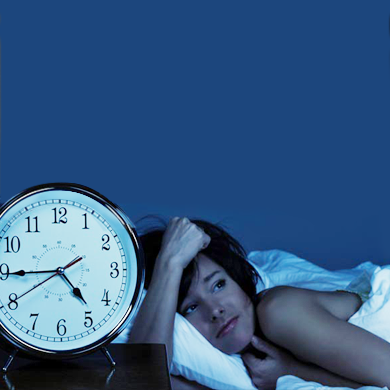A novel machine-based index for identifying obstructive respiratory disturbance and, therefore, diagnosing sleep disorders such as obstructive sleep apnea (OSA) shows similar results to traditional polysomnography, according to results of a new study presented at the American Thoracic Society’s 2019 International Conference.
Results were presented by lead researcher Jean-Benoit Martinot, MD, from CHU UCL Namur, Belgium, on Wednesday, May 22.
It is well known that mandibular movements can highlight respiratory effort during sleep. Therefore, the researchers compared the results of a novel sleep disturbance tool against traditional polysomnography in diagnosing sleep disordered breathing in patients with OSA.
To conduct their study, Dr Matrinot and colleagues recorded mandibular movement signals in 110 patients with mild OSA, 123 with moderate OSA, 153 with severe OSA, and 82 healthy controls. The signals were automatically interpreted by a machine-learning algorithm, which resulted in an obstructive respiratory disturbance index (MM-ORDI).
This novel index was then compared with the traditional index using polysomnography (PSG-ORDI), which included obstructive apnea/hypopnea and respiratory-event-related arousals scored according to 2012 guidelines from the American Academy of Sleep Medicine.
After analyzing the PSG-ORDI data, the researchers found the median events per hour per cohort as follows:
• 10.5 for participants with mild OSA,
• 22.0 for participants with moderate OSA,
• 50.8 for participants with severe OSA, and
• 3.1 for healthy controls.
The novel MM-ORDI data showed clinically acceptable agreement with PSG-ORDI scores.
The mean differences between the 2 methods were +1.2 units for participants with mild OSA, -0.6 units for those with moderate OSA, -8.5 units for those with severe OSA, and +1.8 units for healthy controls.
“[Mandibular movement] signals recorded in isolation provide robust correlates of [sleep disordered breathing] from which reliable classification rules can be developed for OSA diagnosis,” the researchers concluded.
“Current findings suggest a good agreement between MM-ORDI and PSG-ORDI. The novel automated and operator-independent MM-ORDI index is suitable for both screening and severity grading purposes. Machine-learning-based optimization efforts via expansion of cohort size and iterative analyses are ongoing.”
REFERENCE:
Martinot JB, Cuthbert V, Dedave A, et al. Automated diagnosis of sleep-disordered breathing (SDB) using mandibular movements analysis and supervised machine learning. Paper presented at: ATS International Conference; May 17-22, 2019; Dallas, TX. https://www.abstractsonline.com/pp8/#!/5789/presentation/18057.
